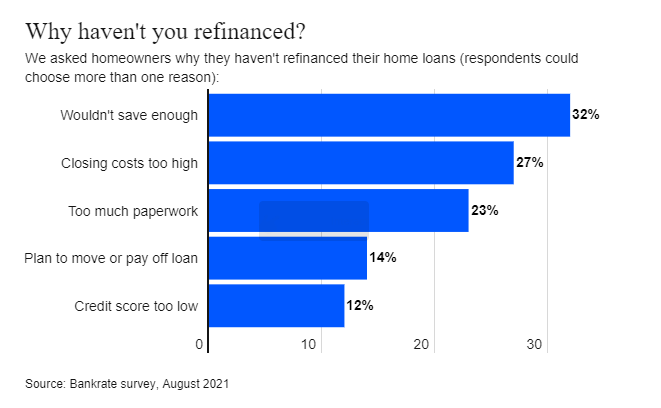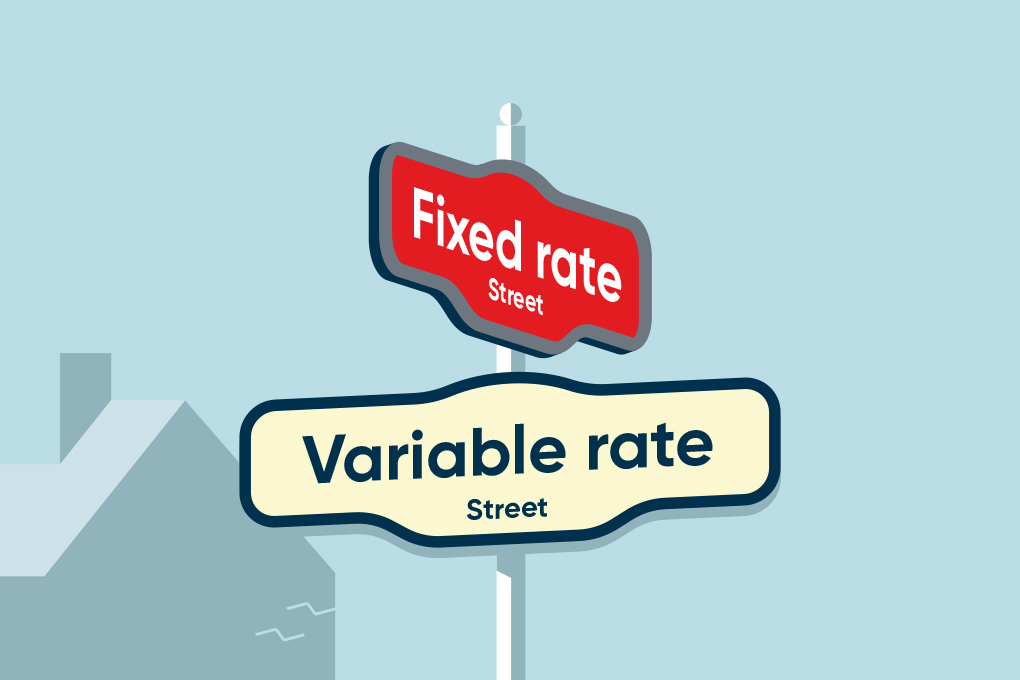In 2007, the U.S. economy got in a home mortgage crisis that triggered panic and financial chaos all over the world. The monetary markets ended up being particularly unstable, and the impacts lasted for numerous years (or longer). The subprime mortgage crisis was an outcome of too much loaning and flawed financial modeling, mostly based on the presumption that home costs only go up.
Owning a home becomes part of the standard "American Dream." The traditional wisdom is that it promotes individuals taking pride in a home and engaging with a neighborhood for the long term. But houses are expensive (at hundreds of thousands of dollars or more), and many individuals require to borrow cash to purchase a home.
Mortgage rate of interest were low, permitting consumers to get reasonably large loans with a lower month-to-month payment (see how payments are calculated to see how low rates impact payments). In addition, home costs increased drastically, so buying a house appeared like a sure thing. Lenders thought that houses made excellent collateral, so they wanted to provide against property and make revenue while things were good.
The Best Guide To How Do Reverse Mortgages Work When You Die

With house rates increasing, property owners discovered massive wealth in their houses. They had plenty of equity, so why let it sit in the home? House owners re-financed and took $12nd home mortgages to get cash out of their homes' equity - how is mortgages priority determined by recording. They invested some of that money sensibly (on improvements to the property related to the loan).
Banks offered easy access to cash prior to the home mortgage crisis emerged. Borrowers entered into high-risk home mortgages such as option-ARMs, and they certified for home mortgages with little or no paperwork. Even individuals with bad credit could qualify as subprime debtors (what is the interest rate today on mortgages). Customers had the ability to borrow more than ever in the past, and individuals with low credit history progressively certified as subprime debtors.
In addition to simpler approval, customers had access to loans that guaranteed short-term benefits (with long-term risks). Option-ARM loans made it possible for borrowers to make little payments on their debt, but the loan amount may actually increase if the payments were not adequate to cover interest costs. Rate of interest were fairly low (although not at historic lows), so conventional fixed-rate home mortgages may have been a sensible choice during that duration.
How Many New Mortgages Can I Open Can Be Fun For Anyone
As long as the celebration never ever ended, everything was fine. As soon as home costs fell and customers were not able to pay for loans, the fact came out. Where did all of the cash for loans come from? There was an excess of liquidity sloshing around the world which rapidly dried up at the height timeshare value of the home loan crisis.
Complicated financial investments transformed illiquid property holdings into more money for banks and lenders. Banks typically kept home loans on their books. If you obtained cash from Bank A, you 'd make regular monthly payments straight to Bank A, which bank lost cash if you defaulted. However, banks often sell loans now, and the loan might be split and offered to various financiers.
Because the banks and mortgage brokers did not have any skin in the video game (they could just sell the loans prior to they spoiled), loan quality degraded. There was no responsibility or reward to ensure customers could pay for to pay back loans. Regrettably, the chickens came house to roost and the home mortgage crisis began to magnify in 2007.
The smart Trick of Hawaii Reverse Mortgages When The Owner Dies That Nobody is Talking About
Debtors who bought more house than they might pay for eventually stopped making mortgage payments. To make matters worse, monthly payments increased on adjustable-rate home mortgages as rates of interest rose. Homeowners with unaffordable houses faced challenging options. They could wait on the bank to foreclose, they could renegotiate their loan in a workout program, or they might simply leave the house and default.
Some had the ability to bridge the gap, but others were currently too far behind and dealing with unaffordable home spg timeshare loan payments that weren't sustainable. Generally, banks might recuperate the amount they loaned at foreclosure. Nevertheless, home values fell to such a level that banks increasingly took substantial losses on defaulted loans. State laws and the kind of loan identified whether or not loan providers could attempt to gather any deficiency from customers.
Banks and financiers started losing money. Monetary institutions chose to minimize their exposure to run the risk of dramatically, and banks hesitated to provide to each other because they didn't know if they 'd ever earn money back. To operate smoothly, banks and organizations need money to stream easily, so the economy concerned a grinding halt.
3 Simple Techniques For How To Compare Mortgages Excel With Pmi And Taxes
The FDIC increase staff in preparation for numerous bank failures triggered by the home mortgage crisis, and some essentials of the banking world went under. The basic public saw these high-profile organizations failing and panic increased. In a historic event, we were reminded that money market funds can "break the buck," or move away from their targeted share rate of $1, in rough times.
The U.S. economy softened, and greater commodity costs harmed consumers and services. Other complex monetary products began to decipher too. Legislators, consumers, lenders, and businesspeople scampered to lower the effects of the home mortgage crisis. It triggered a https://southeast.newschannelnebraska.com/story/43143561/wesley-financial-group-responds-to-legitimacy-accusations dramatic chain of occasions and will continue to unfold for many years to come.
The long lasting effect for many consumers is that it's harder to get approved for a home loan than it remained in the early-to-mid 2000s. Lenders are needed to validate that customers have the capability to repay a loan you usually require to show proof of your income and properties. The home mortgage process is now more cumbersome, but ideally, the financial system is healthier than before.
Individual Who Want To Hold Mortgages On Homes for Dummies
The subprime home loan crisis of 200710 stemmed from an earlier expansion of home loan credit, consisting of to customers who previously would have had difficulty getting mortgages, which both added to and was facilitated by rapidly rising house prices. Historically, potential property buyers found it challenging to acquire home loans if they had below typical credit rating, supplied little deposits or sought high-payment loans.
While some high-risk families might get small-sized home mortgages backed by the Federal Real Estate Administration (FHA), others, dealing with minimal credit alternatives, rented. In that age, homeownership fluctuated around 65 percent, home loan foreclosure rates were low, and house building and construction and home rates generally reflected swings in mortgage interest rates and earnings. In the early and mid-2000s, high-risk mortgages appeared from lenders who moneyed mortgages by repackaging them into swimming pools that were offered to financiers.

The less susceptible of these securities were viewed as having low threat either since they were insured with brand-new financial instruments or because other securities would first take in any losses on the underlying home mortgages (DiMartino and Duca 2007). This enabled more newbie homebuyers to get mortgages (Duca, Muellbauer, and Murphy 2011), and homeownership increased.
Rumored Buzz on Which Banks Offer 30 Year Mortgages
This induced expectations of still more house price gains, even more increasing housing need and rates (Case, Shiller, and Thompson 2012). Financiers acquiring PMBS benefited at initially since rising house prices safeguarded them from losses. When high-risk home mortgage customers could not make loan payments, they either sold their houses at a gain and paid off their mortgages, or obtained more against greater market rates.